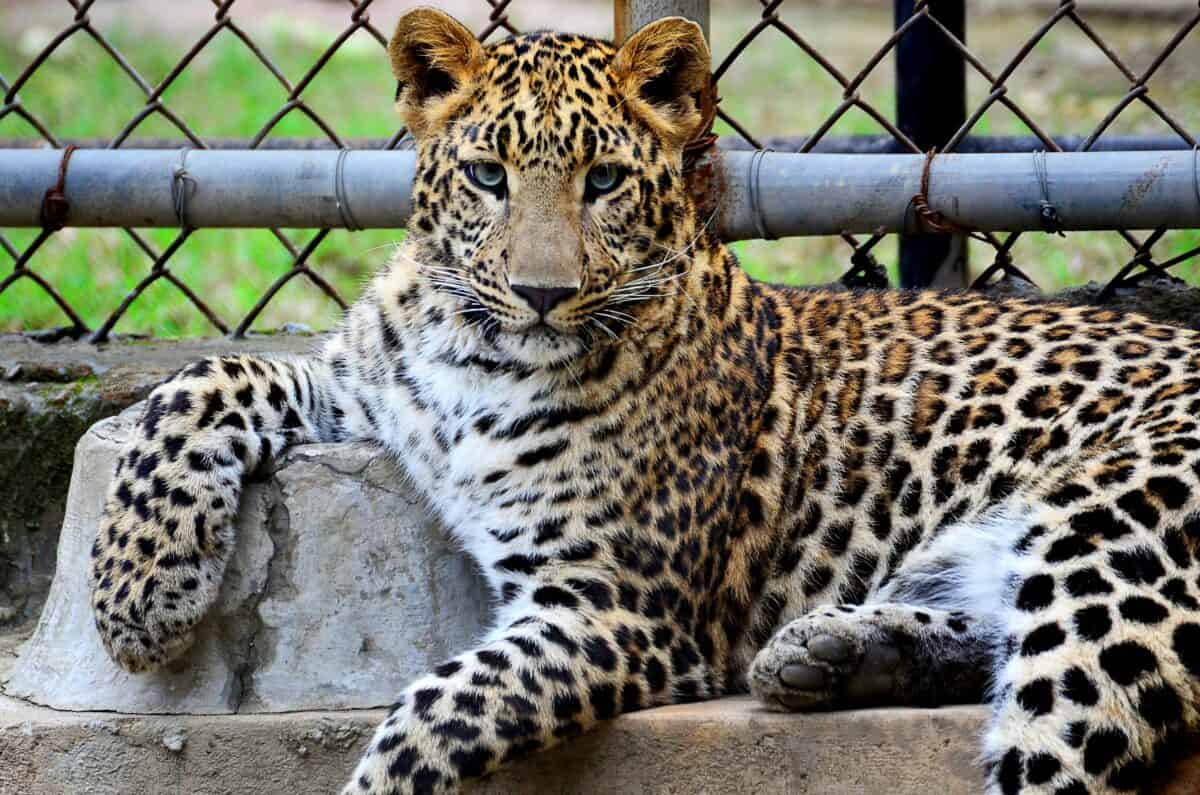Penguin

Penguins are flightless birds predominantly found in the Southern Hemisphere, with one species, the Galápagos penguin, residing near the equator. They are known for their distinctive black and white coloring and waddling gait. These aquatic birds have adapted to cold environments and are excellent swimmers, using their wings as flippers to navigate underwater. Penguins primarily feed on krill, fish, and squid. The Emperor Penguin is the largest species, known for its remarkable breeding cycle during the Antarctic winter.
Panther

The term “panther” can refer to different species depending on the geographical context. In America, it usually describes a black variant of the cougar or puma. In Africa and Asia, it typically refers to leopards with a black coat mutation known as melanism. Panthers, regardless of color, are solitary and elusive creatures, skilled at climbing trees and hunting a variety of prey. They are critical to their ecosystems, helping control animal populations and maintaining balance in their habitats.
Polar Bear

Polar Bears are iconic carnivores of the Arctic, easily recognized by their thick white fur, which provides insulation against freezing temperatures. They are the largest bear species and depend heavily on sea ice to hunt seals, their primary food source. Climate change poses a significant threat to polar bears by reducing the Arctic sea ice, impacting their ability to find food. They are excellent swimmers, with adaptations that allow them to travel long distances between ice floes.
Peacock
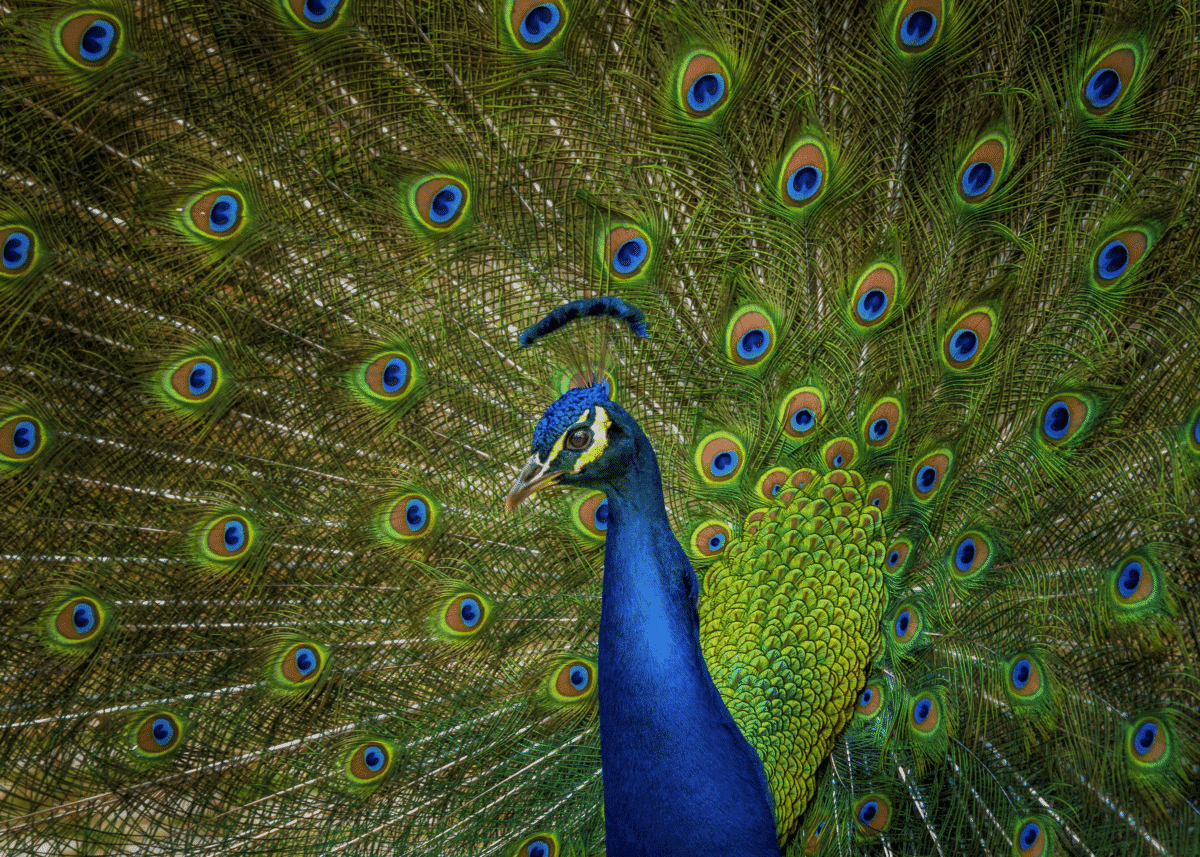
The peacock is a name given solely to the male of the peafowl species, famous for its vibrant plumage and extravagant tail feathers, which it fans out as part of courtship displays. Peacocks are native to South Asia but have been introduced to various parts of the world as ornamental birds. Their striking appearance and distinctive calls make them favorites in zoos and private collections, but they are more than just decorative creatures, playing roles in cultural symbolism across many societies.
Puffin

Puffins are small seabirds known for their colorful beaks and penguin-like appearance. They are excellent divers, using their wings to “fly” underwater while hunting for fish. Puffins nest in burrows on cliff edges and can be found primarily in the North Atlantic. They are social birds, often seen in large colonies, and their charming appearance has made them popular in wildlife photography and illustration.
Panda

Giant pandas are beloved symbols of wildlife conservation worldwide. Native to China’s mountainous regions, pandas are known for their distinctive black and white coloration and their diet, which consists almost entirely of bamboo. Despite being classified as carnivores, pandas have adapted to a vegetarian lifestyle. Due to habitat destruction and their low birth rate, pandas were once critically endangered but have recently been reclassified as vulnerable thanks to successful conservation efforts.
Porcupine

Porcupines are rodents characterized by their coat of sharp quills, which serve as a defense mechanism against predators. When threatened, a porcupine will raise its quills in an impressive display and can even release them, although they do not “shoot” them as commonly believed. They are found in various habitats, from grasslands to forests, and primarily feed on plants. There are both New World porcupines, which are excellent climbers, and Old World porcupines, which are more often ground-dwellers.
Platypus

The platypus is one of the most unusual creatures in the animal kingdom, often described as a living “mosaic” of mammalian and reptilian features. Native to eastern Australia, this semiaquatic mammal is the sole representative of its family and genus. It is best known for its duck-bill, webbed feet, and egg-laying abilities. The platypus hunts underwater using electrolocation to detect prey and is one of the few venomous mammals, with males capable of delivering a painful sting.
Pangolin

Pangolins are unique mammals known for their full-body armor made of keratin scales, the only mammals with this feature. They are insectivorous, with a diet primarily consisting of ants and termites, which they capture using their long, sticky tongues. Found in Asia and Africa, pangolins are nocturnal and solitary animals. Unfortunately, they are the most trafficked mammals in the world, leading to critical conservation concerns due to the demand for their scales and meat.
Puma

The puma, also known as a cougar, mountain lion, or panther, is a large feline native to the Americas. They are adaptable animals, with ranges extending from the Canadian Yukon to the Andes in South America. Pumas are solitary and elusive, preferring to hunt and live alone in dense underbrush and steep terrain. Despite pressure from habitat loss and human hunting, puma populations are currently stable, thanks to their adaptability and broad geographical range.
Pika

Pikas are small herbivorous mammals found in alpine and subalpine regions of Asia and North America. They are closely related to rabbits and hares but have shorter limbs and rounded ears. Known for their distinctive calls, pikas use vocalizations to communicate and defend territories. They are also noted for creating haypiles to store food for winter months, highlighting their resourcefulness and adaptability in harsh environments.
Pelican
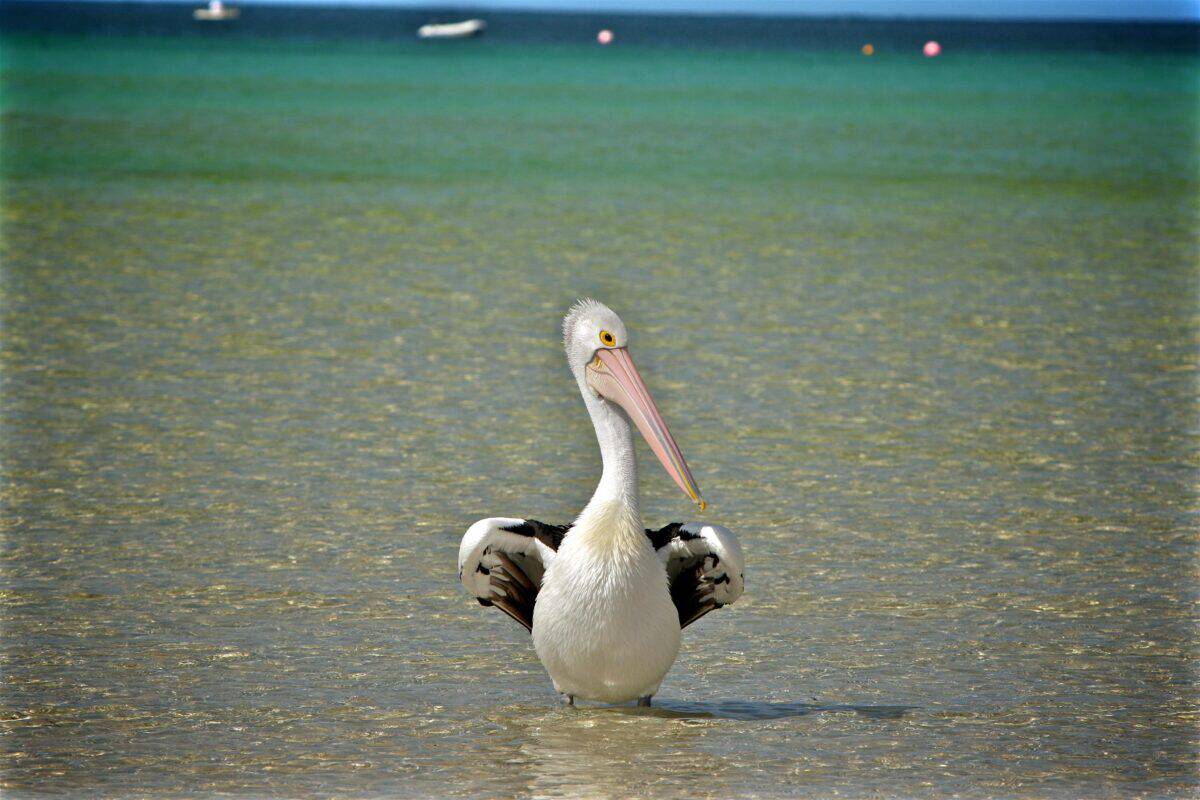
Pelicans are large water birds renowned for their distinctive long bills and expansive throat pouches, which they use to capture fish. These graceful fliers are found on all continents except Antarctica, typically near coastlines and large bodies of water. Pelicans are social birds, often seen traveling in flocks, and they engage in cooperative fishing, driving schools of fish into shallow waters where they can easily scoop them up.
Parrot
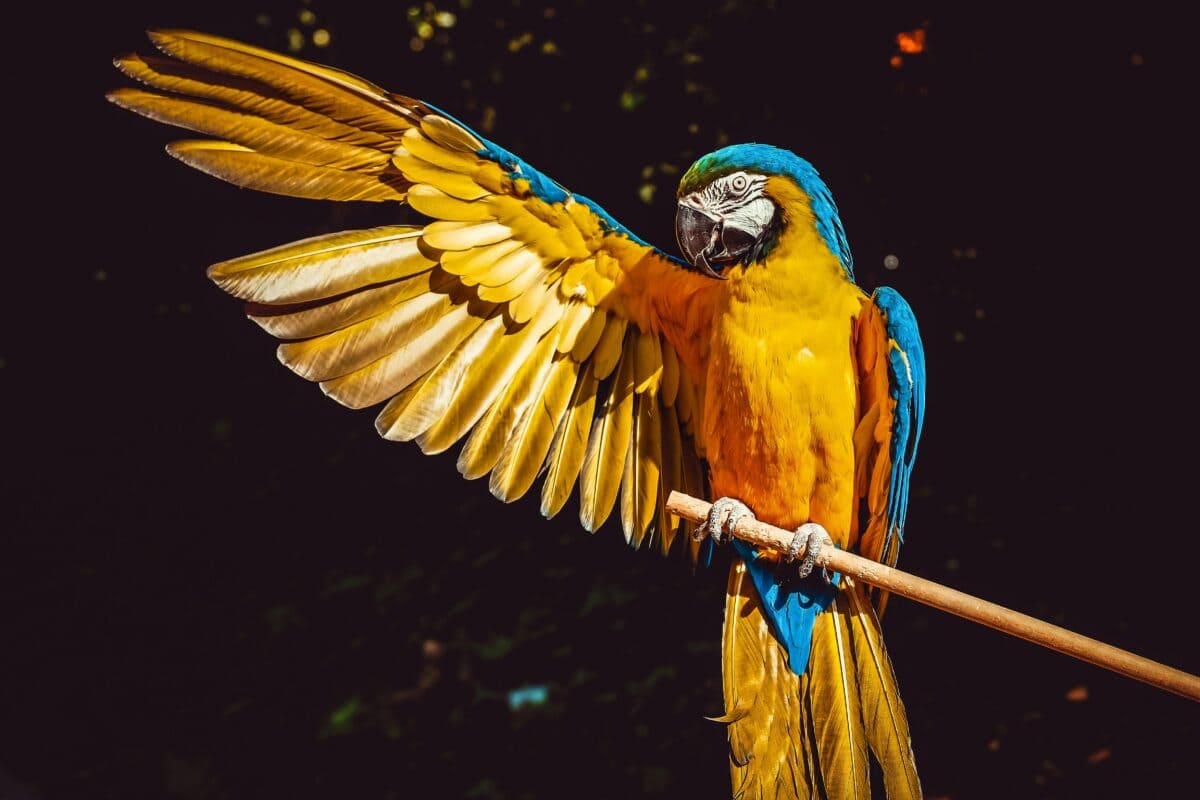
Parrots are colorful and intelligent birds found predominantly in tropical and subtropical regions. They are known for their ability to mimic human speech and other sounds, a testament to their advanced cognitive abilities. Parrots have zygodactyl feet (two toes facing forward and two backward), which help them grasp and manipulate objects. Because of the pet trade and habitat destruction, many parrot species are threatened or endangered in the wild.
Porpoise
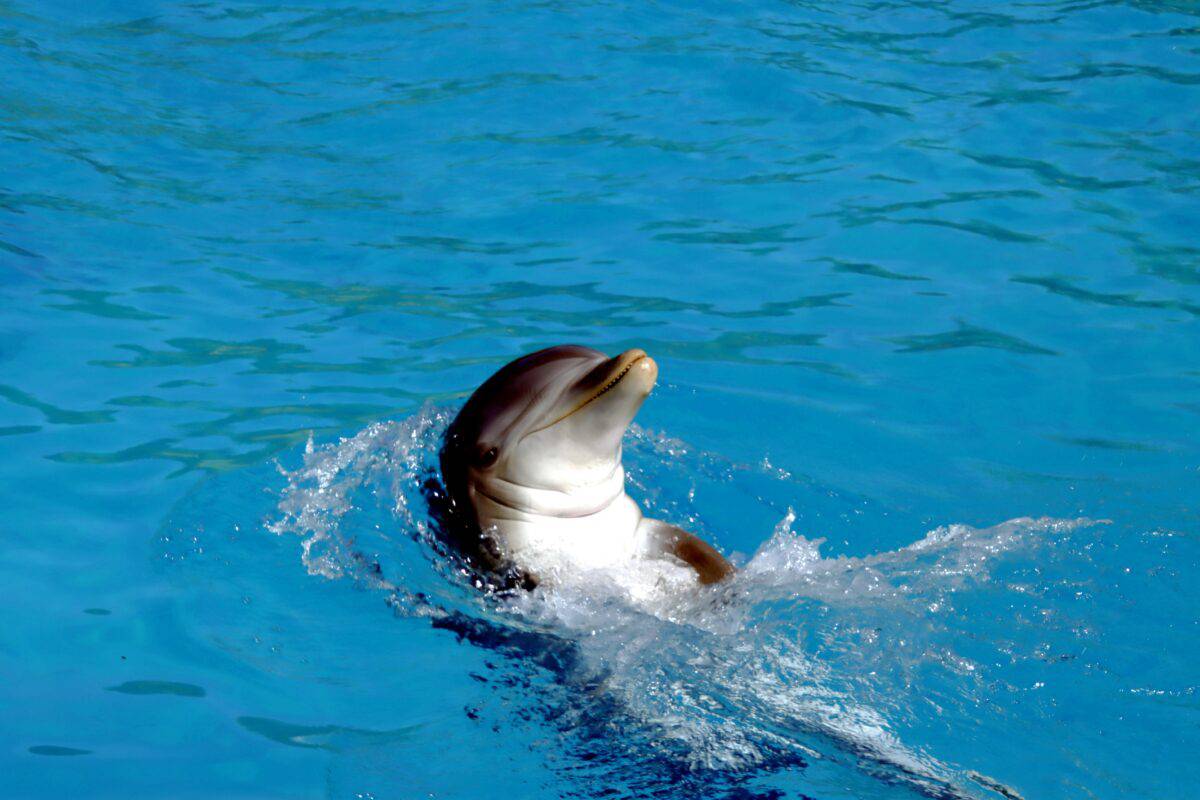
Porpoises are small cetaceans closely related to dolphins but with several distinct traits, including rounder bodies and differing teeth shapes. They inhabit colder waters in the Northern Hemisphere and are adept hunters, using echolocation to find prey. Unlike dolphins, porpoises are less acrobatic and tend to avoid boats. Conservation threats include bycatch in fishing nets and environmental pollution, affecting their populations in several regions.
Proboscis Monkey

Proboscis monkeys are native to the rainforests of Borneo and are easily recognizable by their distinctive large noses, which are more pronounced in males. This unique feature is thought to play a role in attracting mates. These monkeys are arboreal and have adapted well to life in the mangroves and riverine forests, with excellent swimming abilities. Despite being protected, habitat loss and hunting pose significant threats to their populations.
- 15 Tips for Managing Spider Infestations During Storm Season - August 8, 2025
- How Superstorms Have Reshaped Coastlines Over Time - August 8, 2025
- The Biggest Moose Ever Recorded in the US - August 8, 2025

